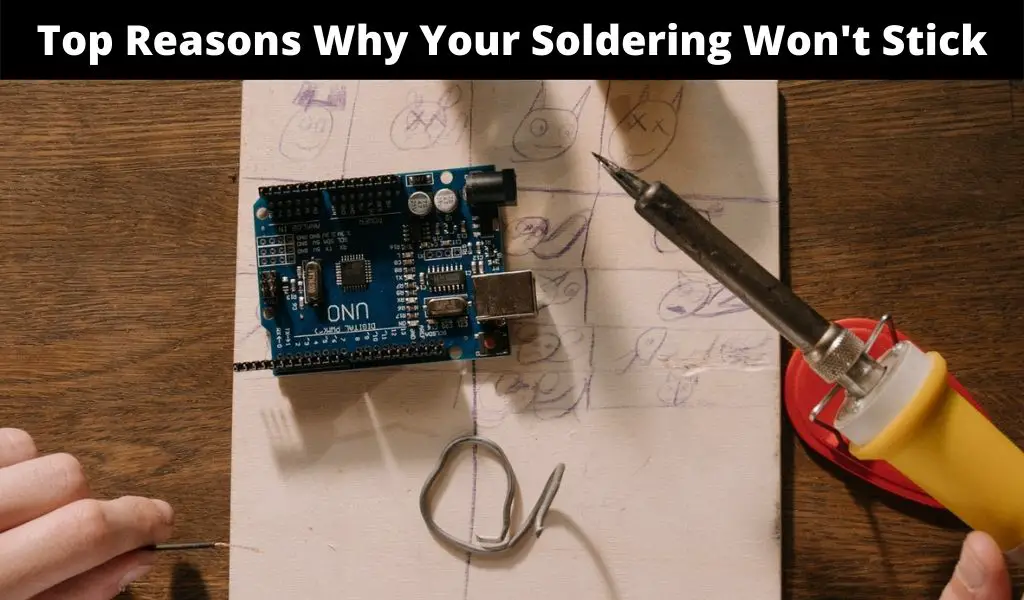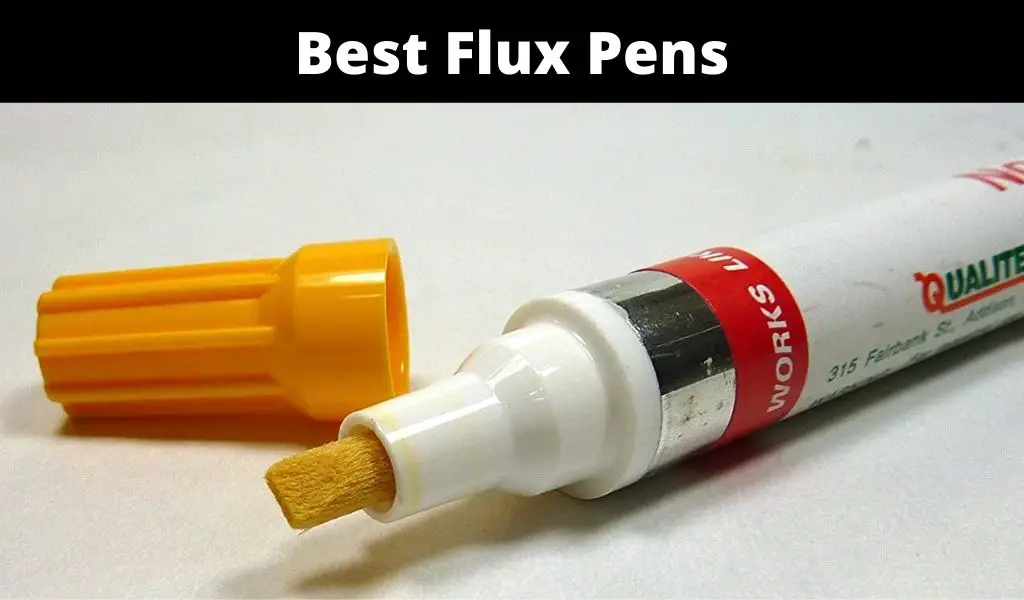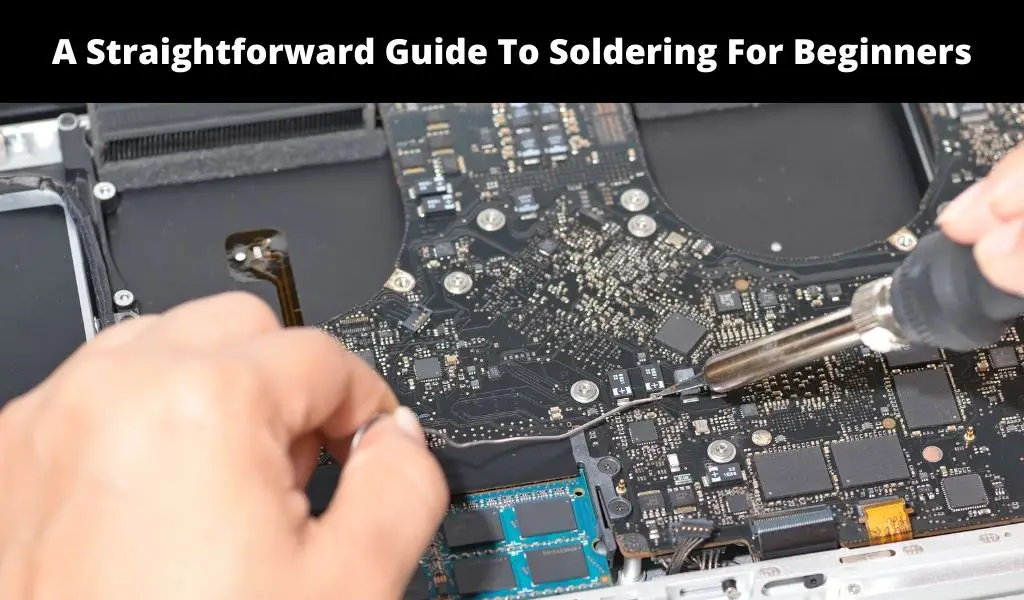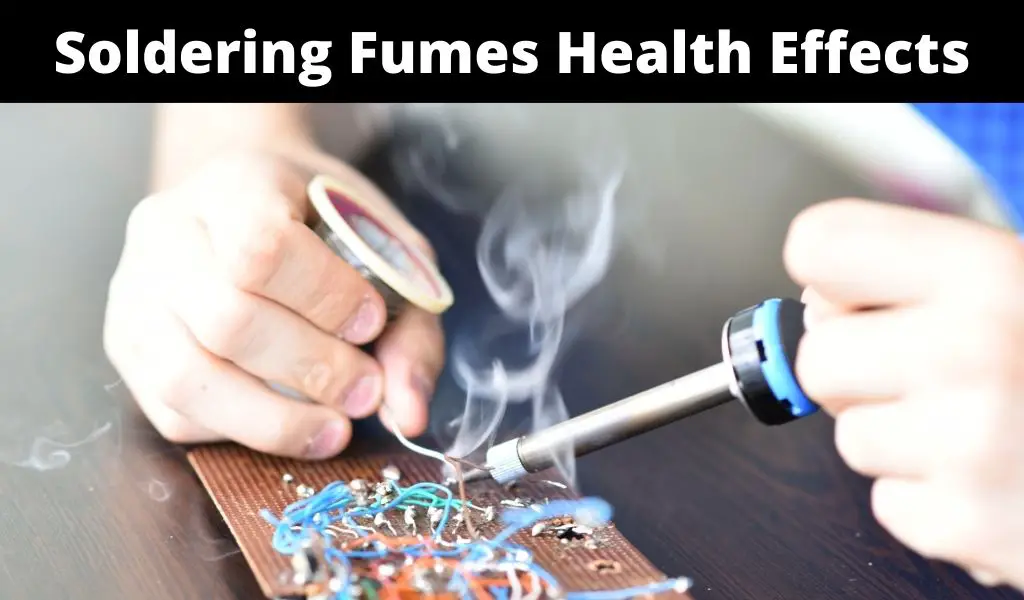Soldering is a popular method for joining metals together. The process utilizes an iron rod to heat up solder (metal alloy filler), which then flows into the joint and bonds metal pieces together such as the pin of an electrical component to the pad of a printed circuit board. In a typical soldering process, this is supposed to happen seamlessly. However, you may have an issue with the solder not sticking and forming a strong bond in some instances. Why does this happen? Well, there are several Reasons Why Your Soldering Won’t Stick. Here are the most common problems and what should be done to fix them.
6 Top Reasons Why Your Solder Won’t Stick
1. Oxidized Soldering Iron Tip
A soldering iron plays a critical role in the soldering process. If the iron tip is dirty, this may interfere with the final bond. Oxidation is a common problem when the soldering iron isn’t stored properly or cleaned after the previous use. Oxidized soldering iron tips aren’t great conductors of heat and therefore will not transfer the heat to the joint resulting in failure to melt the solder.
Remedy
To resolve this problem, the tip should be cleaned thoroughly after each use. To do this properly, you can use a damp sponge or brass wool. The damp sponge has always been my go-to, but the brass wool works just as good. Once that is taken care of, apply solder to the tip. This helps protect the iron from the air which causes oxidation. Then, allow it to cool down and store in a cool, dry place.
2. Oxidation or Dirt on Workpieces
Besides the soldering iron tip, oxidation on your workpieces can also stop the solder from sticking. The metals being joined should be clean and free of oxidation. Otherwise, the final soldering joint won’t adhere properly.
Remedy
When joining two metal workpieces together, clean the metals first. This applies mostly to old metal pieces, which tend to have a thick layer of dirt. Old parts are also bound to be oxidized given their prolonged exposure to air. Workpieces made of copper which are more prone to oxidation can be cleaned effectively using erasers or sandpaper.
3. Corroded Wire
Your solder can also fail to stick because you have corroded wires. Typically, the solder will just bead up and fall right off once you remove the soldering iron.
Remedy
If you have enough wire, the easiest way is to cut the exposed conductor back to the insulation and re-strip the wire. The insulation provides a nice protective barrier for the wire and the corrosion usually doesn’t propagate past the insulation.
Preventing Corrosion
Corrosion usually happens in a moist environment. This may not always be avoidable, but try to protect your wire from the moisture by using dielectric grease or electrical tape.
4. Low Solder Temperature
Solder can also fail to stick because it isn’t hot enough. In most cases, this issue can be traced back to soldering iron problems. If the iron isn’t set to the ideal temperature, it won’t be able to melt the solder adequately. The soldering iron wattage may be too low to heat the solder size in question.
Remedy
Small soldering jobs should be melted using a 25 to 30-watt soldering iron. This is ideal for typical soldering applications such as soldering connectors.
Preventing Solder Temperature Problems
As mentioned, it helps to use the correct soldering iron (wattage) for your solder. A simple comparison between the soldering material you are using and your soldering iron wattage should help you determine if your solder will be heated appropriately. If your soldering iron cannot get the job done, switch to a higher-wattage soldering iron.
5. Low Metal Temperature
The metal temperature could also be to blame. In some applications, the metal should be heated as well to a specific temperature to ensure the solder sticks. This is typically a problem with large copper pours on a printed circuit board. If it’s large enough, the copper pour will soak up all the heat and not allow your joint to heat up.
Remedy
As mentioned above, not all soldering applications require the metals being joined to be heated in advance. If heating is required, you need to ensure the soldering tip rests on the metal pieces in question when heating the solder. This should make the metal surface and the solder hot enough to stick together. You may need to be patient and apply the heat for an extended period of time.
Preventing Low Metal Temperature Problems
It is possible to heat the metal pieces to the required temperature by simply initiating contact between the metal and soldering iron for a prolonged period. Doing this should heat the metal to an ideal temperature. You can use other heating aids such as a propane torch to get the metal to the perfect temperature. If you are dealing with printed circuit boards, you could use a rework station or a reflow oven. Your heating choice should be determined by the metal type and size.
6. Poor Soldering Techniques
Poor technique is also among the reasons why your soldering won’t stick. There is a good and bad way to solder. Contrary to popular opinion, soldering isn’t just about melting solder with a soldering iron and directing it to the joint. You can burn the flux from your solder if you simply let the solder “sit” on the soldering iron and “carry it” to the joint.
Remedy
Flux is critical for eliminating oxidation. Since oxidation hinders effective soldering, it’s good practice to avoid burning off the flux when soldering.
Preventing Poor Soldering Techniques
Solder should flow to the joint immediately after it melts. Allowing the solder to “sit” on the iron will burn the flux. It can also make the molten solder to fall off. Other poor techniques include soldering with an oxidized soldering iron. You need to clean your soldering equipment after use. The equipment should also be stored properly. If you do this and learn good soldering techniques, your soldering process should be seamless.
Conclusion
While there may be other Reasons Why Your Solder Won’t Stick, the above information covers the most common reasons and what you should do to address or prevent the problem.






